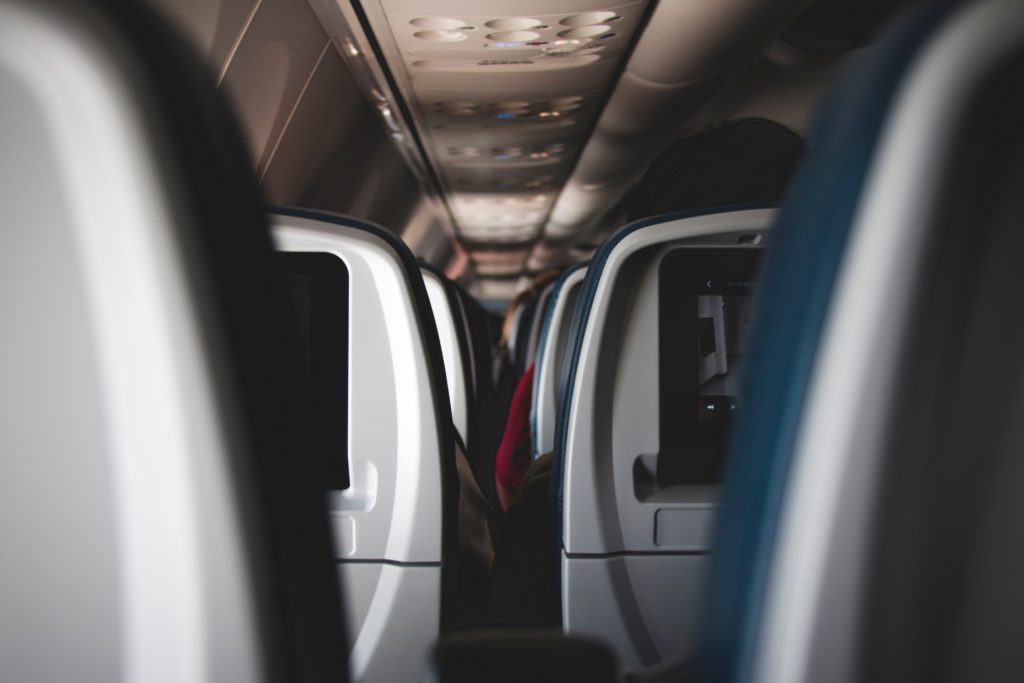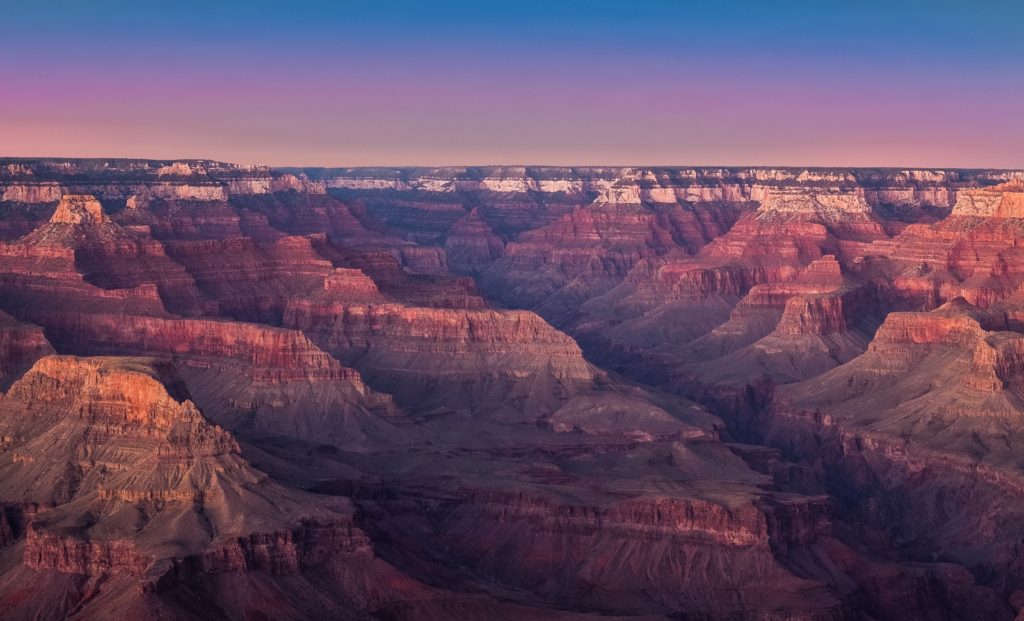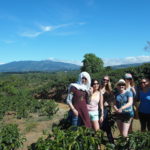How to Travel Like a Travel Writer

Press trips are carefully crafted by publicists to sweep you right off your feet, are jam-packed with experiences, introductions, and food, and are usually more hard work than play. Many beginning travel writers look forward to the day they will join a press trip, but to write like a travel writer, you don’t need to be invited on a press trip. Start with your closest weekend getaway and see if sticking to the following points can turn even the most trivial trip story-worthy.
Travel stories require a fine balance between facts and anecdotes: the former deliver value, while the latter immerse readers in the locale. I hate to admit it, but on my first adventure as a journalist, to Sweden, I had way too much fun riding huskies and learning how to ski. When I got back, I had to search for every single name on Wikipedia, and bombarded the publicists with requests for further information. The story was published, but deep inside I know it could have been better. If only I had traveled less like a tourist and more like a travel writer.
Be prepared and do your research
Every good journalist prepares for an interview by studying the subject and challenging her own assumptions about a topic. So why not prep for your one-on-one with a country? Research some, but mostly dig inside your mind for gaps that need to be filled and stereotypes that need to be explained or cracked. An actual list of “interview” questions will narrow your focus and become a backbone of the story.
Write down every name you encounter
Airports, hotels, villages, promenades, bars, boutiques, neighborhoods, cocktails, animals, and exotic fruit – everything that has a proper name has to land in your notebook. From the museum that provided a much needed culturally enhanced shade, to that pretzel that stole your heart, write down everything, especially if it is not easily searchable online.
Sign up for a FREE online writing workshop here.
Pay special attention to food
Daily rituals associated with food and local tastes let us in on the mysterious ways of the natives and their cultural paradigms. Besides, your story needs anecdotes, and so many revolve around food. So pay close attention to what and how you eat.
During a trip to Cambodia, I had a life-changing “sour soup” experience. Having interrogated my local guide about what he eats at home, and armed with knowledge about the obscure Cambodian sour soup, I marched into the closest tourist cafe in Siem Reap and ordered a bowl. It was disgusting. Still, my deep trust in the reason behind every traditional cuisine didn’t allow me to give up on the recommendation, and I repeated the attempt, this time at a forlorn hut restaurant on a beach in Sihanoukville. The soup was one of the best things I’ve ever tasted. This story exists because I wrote it down on my way to Bali, the next stop on my trip. If I hadn’t, the exhilaration of a week that followed would have completely erased this gem.
How to Travel Like a Travel Writer
Record local quirks
No one knows your audience like you do, so take full advantage of this. The strength of a travel narrative is directly related to the number of perceptive observations peppered throughout. A strong travel journalist draws mental connections and highlights unusual parallels and differences between her (and her audience’s) place of origin and a destination, so the latter lights up like a disco ball. How do locals take their coffee? Do they drive in a particular way? How do they spend their weekends? Where do they shop for groceries? Who do they cheer for? What sounds dominate the streets?
Talk to ordinary people
They are your best source of answers and your best guide, all in one. And so are long-term expats. Ideally, you will find both types and weave them into your article, clashing their perspectives. The more colorful your character, and the more typical (or atypical) the job she does, the bigger travel writing jackpot you’ve won. Get your quotes from fruit stall vendors, fishermen, entrepreneurs, and chefs. Get to the bottom of “normal” through their eyes, and keep your dictaphone charged.
Record practical details
Every comprehensive travel article benefits from a service component, such as a concise summary of the average temperatures, currency exchange rate, average prices for the basics, transportation options, insurance, typical times of operation for businesses, time zones, tourist traps, and so on. Help your reader get the most out of the trip, even though you didn’t have to worry about a thing.
Note down the highlights before the trip is over
Sure, on fam trips you will be treated to all sorts of exciting things. That’s why I recommend letting the experience steep and write down the highlights of the adventure once you board the return flight. The experiences that swayed you could just make someone’s trip an adventure of a lifetime.
How to Travel Like a Travel Writer









